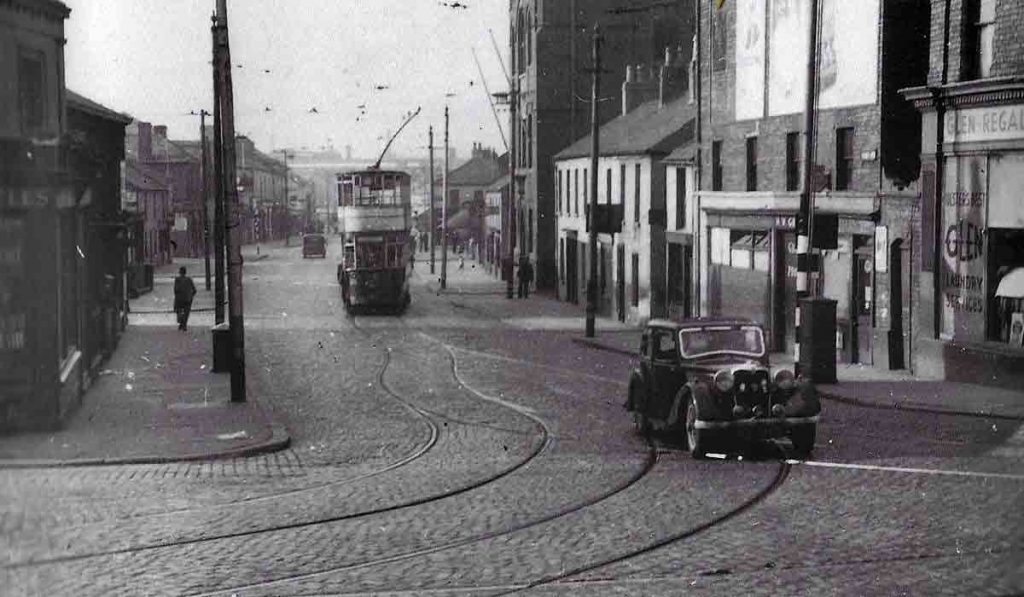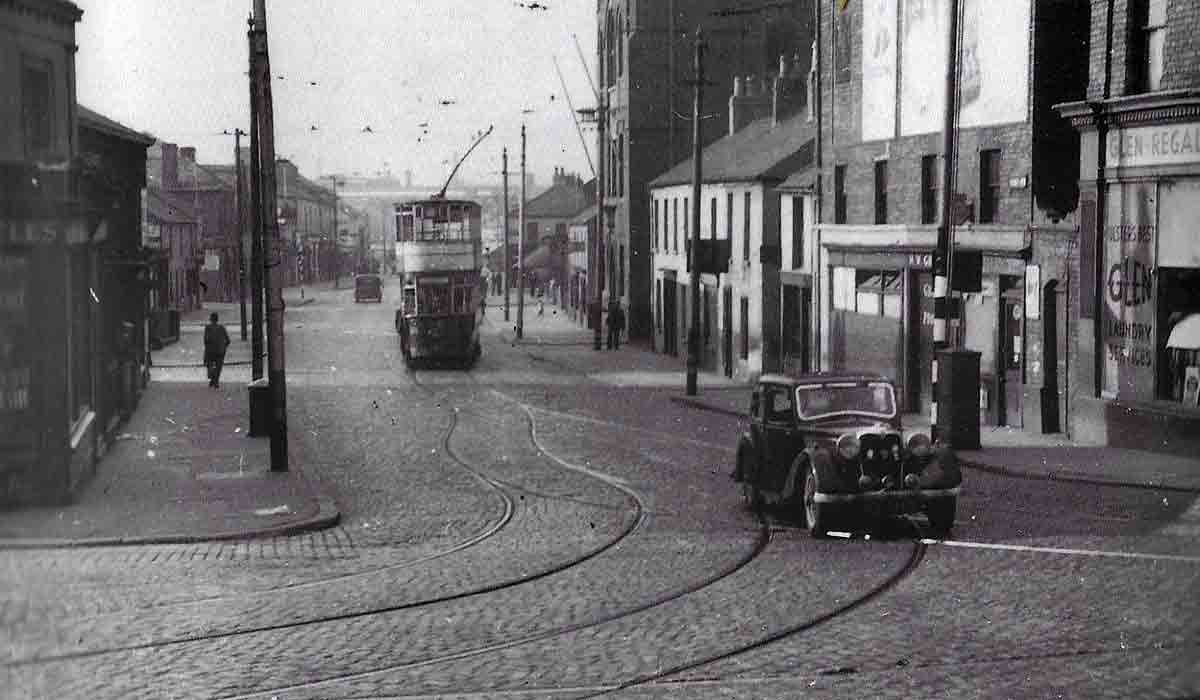Sandy Row in Belfast, Northern Ireland, has a dark and haunted past, says WARREN COATES

The thoroughfare of Sandy Row is almost as old as the town of Belfast itself.
In 1879 a coal porter named James Aitchison and his family moved into number 60 Sandy Row, and soon felt uneasy in their new home.
The eight-year-old daughter slept in a back upstairs room and occasionally she wake up in the middle of the night screaming.
When her parents rushed in, she claimed to have seen a strange man in her bedroom.
When the Aitchison family moved elsewhere, the house was occupied by a labourer named Lowry.
Ghostly stranger ‘disappears’ at Sandy Row
Carrying out repairs in his back yard, he noticed an elderly man standing at the bottom of his ladders.
He called to the man and received no reply, but when he began to come down the elderly man disappeared before Lowry’s eyes.
The house lay derelict for a number of years until, at the turn of the century, the Ashwood family converted it into a hairdressers.
Workmen reported seeing the figure of a man in the backyard, but when they went out to investigate no one was there.
A 77-year-old man named Corbett had lived in the house for much of the last century.
Corbett was said to be ’doting’ and, due to his unusual behaviour, became very well known throughout Sandy Row.
On Friday, 11 February 1876, his housekeeper’s son returned from work and as he was sitting down for a meal he inquired where his seat was.
His mother informed him that Corbett had took it out into the back yard earlier to do something and that it must have still been out there.
The man went out to search for the chair and saw it lying at the backyard wall.
When he went to get it, however, he saw Corbett hanged inside an enclave on a crook in the wall.
WARREN COATES is from the Northern Ireland Paranormal Research Association.



